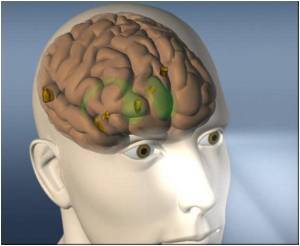IRL-1620 compound has shown to prevent cognitive impairment and oxidative stress in animal models of Alzheimer's disease.

Anil Gulati, M.D., Ph.D., FCP, and Seema Briyal, Ph.D., along with their colleagues from Midwestern University, administered Amyloid beta (Aβ), a main component of certain deposits located in AD patients' brains, to normal and diabetic rats on days 1, 7, and 14. Spatial learning and memory were tested in a Morris water maze. The pool was divided into four equal quadrants, and an escape platform was hidden below the surface at a fixed location in one of the quadrants.
The rats had to find the platform within 60 seconds. The average time it took on day 4 for Aβ-treated rats to locate the platform was 55.05 seconds, though a majority of this group was not able to find it in the designated time. Aβ rats treated with IRL-1620 were able to locate the platform in 26.53 seconds, nearly half the time. After five days, Aβ rats treated with IRL-1620 showed a 60 percent improvement in learning and memory.
"Our research is based on the idea of using the Endothelin (ET) system in the treatment of AD," said Gulati. "The ET system is traditionally known to play a role in the regulation of blood flow. This is important in the potential treatment of AD since disturbances in blood flow could damage the brain's ability to clear damaging particles, leading to a build-up of toxic substances and cognitive impairment."
The next stage of Gulati's research is to further investigate the endothelin receptor type B's mechanisms of neuroprotection and to look into possible resulting tissue changes following AD.
The FDA has approved five medications to treat the symptoms of AD. Current drugs help mask the symptoms but do not treat the underlying disease. A breakthrough Alzheimer's treatment would target the underlying disease and stop or delay the cell damage that eventually leads to the worsening of symptoms.
 MEDINDIA
MEDINDIA




 Email
Email








